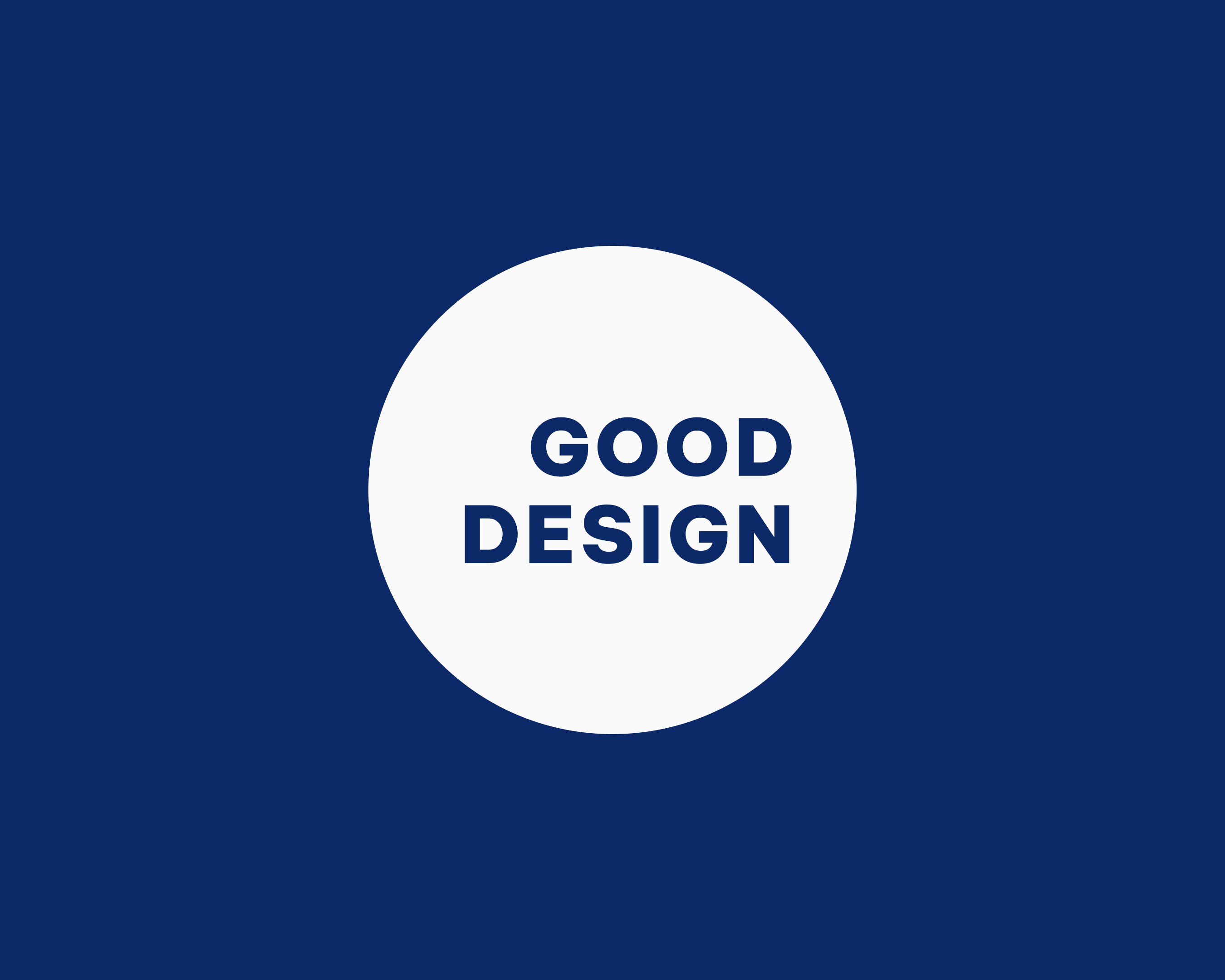
A conversation with Dan Harden and Branko Lukic on the future of AI and design

Is artificial intelligence the natural next step in the evolution of human expression? This question is looming in the news as we grapple with the idea of drastic technological change. In a recent episode of the PRISM podcast, Dan Harden discussed the future of AI and design with design visionary Branko Lukic, Fellow at Logitech and Founder and former Principal Designer at NONOBJECT.
“By silencing the “cacophony” of mental noise, creativity is simply more easily sparked.”
For Dan Harden and Branko Lukic, the core essence of effective design is providing users with well-considered, crafted experiences that are born from inspiration. Doing this well often means focusing on a single objective, be it a feature, condition, or purpose, and then optimizing every element around it. Therein lies the challenge and the joy of design.
As a designer, one way to enhance this creative journey is by stripping back your “mental load”. Reaching a state of clarity and focus allows solutions to reveal themselves, resulting in authentic, logical design. In Dan and Branko’s view, by silencing the “cacophony” of mental noise, creativity is simply more easily sparked. Relinquishing control of the mental constraints and components of a project, learning to see problems more objectively, and clearing the mind allow the “universe to come to you,” says Harden. Such a practice can be strategically used to take a step back from a problem, provide a moment of reflection and hopefully result in a transcendent solution.
“Increased application of artificial intelligence will heighten appreciation for human craft.”
With the advent of generative design tools and the proliferation of AI-assisted design, the world of design and product innovation is undergoing a fundamental state change. In all its glory, AI can almost instantaneously analyze everything humans have created to determine a solution to a prompt. As this technology continues to advance and designers learn to utilize this functionality more effectively, the speed of innovation will likely accelerate. But there’s a catch. AI lacks the ability to process and truly understand human emotion.
For Dan and Branko, “human emotion and our collective imperfections are a path to retaining our edge,” says Dan. Essentially, AI generates uniformity, to the extent where “super intelligence becomes one flavor for all people,” says Lukic. While this uniformity is predictable and provides controllable factors that bring sanity to products and design, the idea that each component is automatically generated is quite boring and even a bit unsettling. The human touch remains essential; humanity introduces imperfection to the equation. This intangible beauty and sentiment fosters ideas and design solutions that an AI would simply never even consider.
“AI has the power to become a Rosetta Stone of product ideas where one inputs visual vocabulary and design language to generate numerous AI-driven variants.”
Similar to the beginning of the internet and other major technological advances, AI has created a potentially daunting and uncertain future. The possible applications, outcomes, influences, and impact that AI has already had and will continue to have are far-reaching. Embracing this power like any other tool can bring it back to earth. On this topic, Branko suggests integrating into an already existing creative process. An augmentation of an approach, not a replacement. Society wields the power to determine AI’s trajectory and potential while we are in the beginning stages of its development. Lukic strays from the declensionist narrative of AI and turns to it becoming a creatively expansive resource.
In terms of design, Harden speculates that AI has the power to become a Rosetta Stone of product ideas where one inputs visual vocabulary and design language to generate numerous AI-driven variants. Then, this would allow the designer to choose the best design and impart their own “imperfections” as “spice” – creating next-level ideas. Both Branko and Dan anticipate that this insight will generate a deeper understanding of concepts with both speed and quantity.
Nevertheless, Lukic and Harden deem that AI needs human involvement to impart the same emotional pull as art. The intangible emotional qualities that develop between the consumer, product, and designer are irreplicable. “Space and energy are more important than the matter itself,” says Harden. With an ideal design, the product seemingly disappears while using it. It oscillates its role between primarily looking good and primarily supporting an experience. Additionally, Lukic anticipates AI’s potential to grant people greater access and creative freedom in exploring art and design. He believes that this accessibility will allow more people to generate ideas and pursue their creative passions – a reduction in the skill barrier that has existed since the beginning of time.
For more details on this topic, listen to the full episode on Apple Podcasts or Spotify.